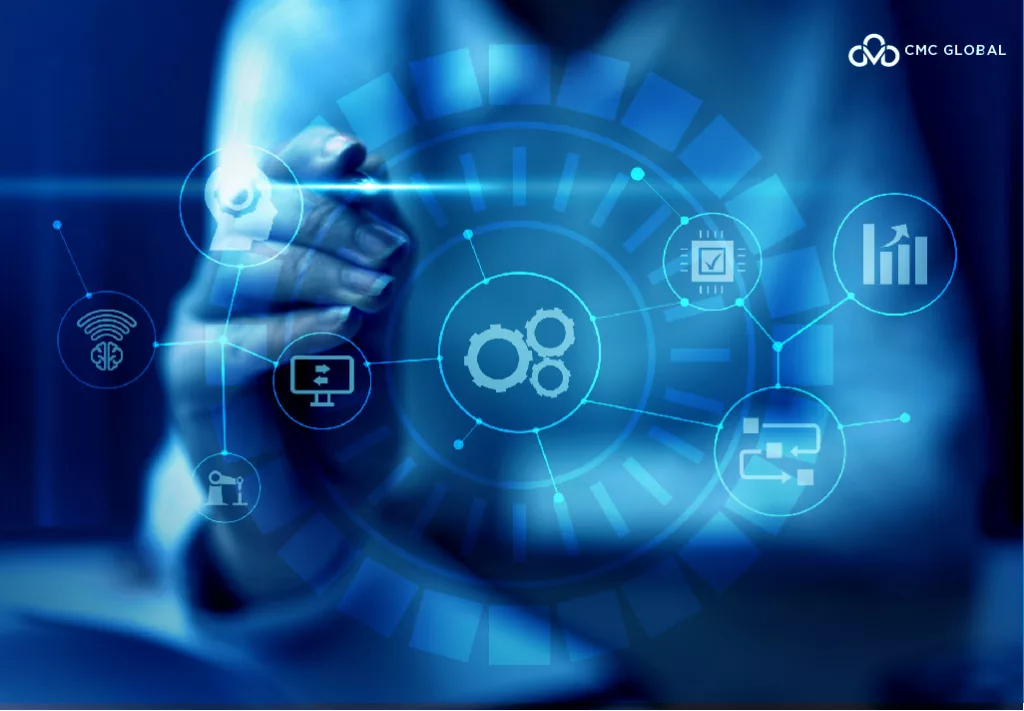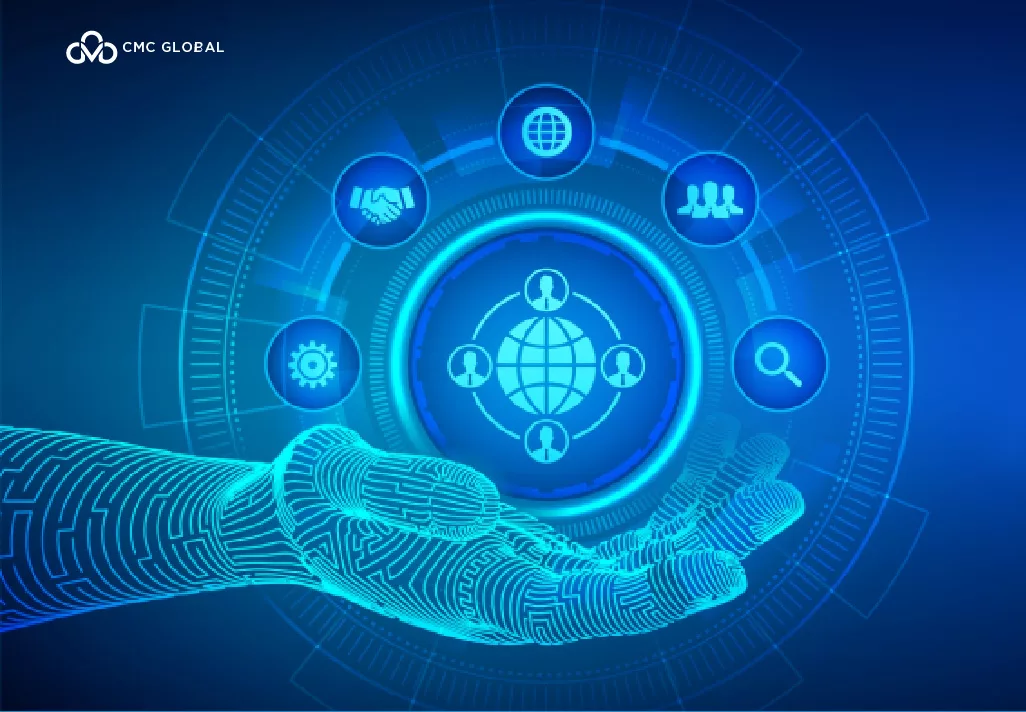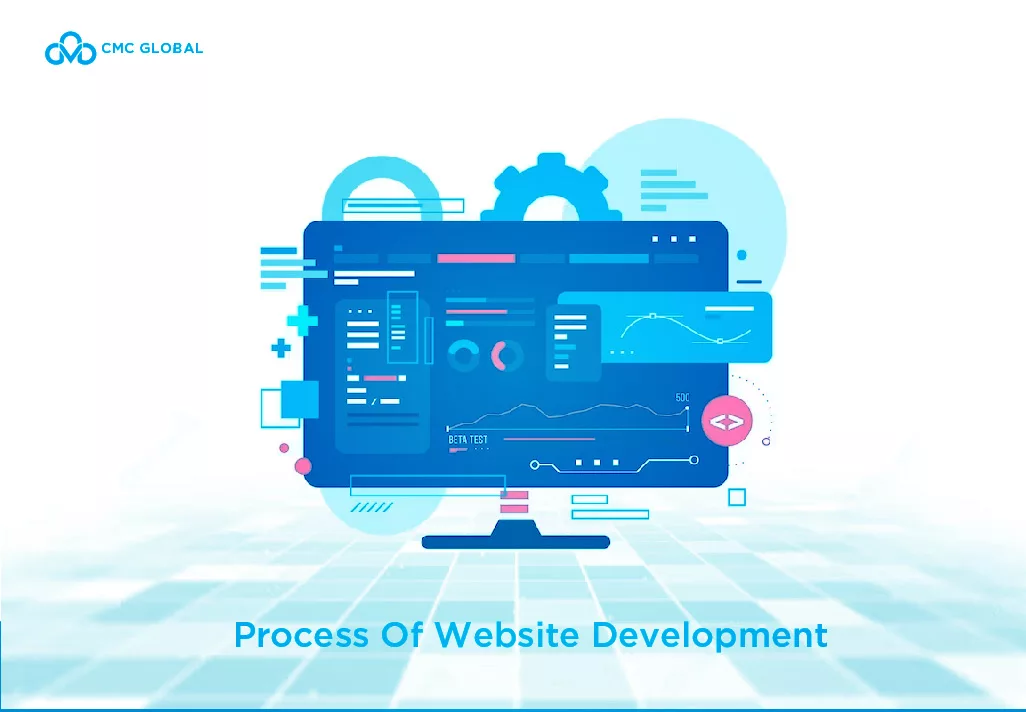The entire goal of system development is to improve the productivity of the organization and the people who work in that organization. As system development grew in size, there was a need to systematize the process of system development and come up with a set of steps that are required for any system development.
In this article, we’ll provide you with the fundamentals of system development so you can build a standard process that your organization can use to carry out all of the tasks required to evaluate, create, implement, and manage information systems.
What Is System Development?
In a technology-driven organization, system development refers to a well-defined, step-by-step procedure. A full information system consists of hardware and software infrastructure, data gathering, procedures, and experts with specialized responsibilities in data collection or use. Advances in computer technology have contributed to the development of several standard systems in organizations.
Examples of System Developments
Customer Relationship Management
CRM, or customer relationship management, is a marketing-based system for gathering and analyzing customer data, interpreting it to design targeted marketing programs, and putting those programs into action. The technological infrastructure needed to gather data, such as customer names, addresses, phone numbers, and transaction histories, is provided by computer hardware and database software applications.
Procedures utilizing data mining to create market segments target individual consumers with promotional campaigns, and service client accounts. In a CRM system, all corporate workers have a customer-centric role, however, marketing and IT are particularly active in gathering data for marketing purposes.
Supply Chain Management
Supply chain management (SCM) is the collaborative process through which producers, distributors, and retailers work together to provide the greatest value to the customer. Supply chain software packages and connected computer networks enable suppliers and buyers to share inventory data, which drives SCM.
Supply chain management aims to have just-in-time inventory and to have inventory control expenses that are as low as possible. Transportation and logistics processes are essential in SCM, and logistics managers are in charge of a specific company’s involvement in managing supply chain interactions and operations.
Enterprise Resource Planning
ERP, or enterprise resource planning, is a computer-driven method of maximizing resource efficiency inside a corporation. ERP differs from traditional budgeting approaches in that corporate executive across the organization work together to order, manage, and use supplies and inventory.
The objective is to keep surplus inventory and resources out of the firm. ERP software systems enable department managers to share a view of current resource availability and to arrange usage inside the company-wide system.

Financial Management
Financial management is a broad phrase that refers to a variety of finance-based systems in companies. Companies rely on integrated financial software products to connect processes in purchasing, accounting, and finance.
In essence, computer tools enable each purchase and income transaction to be recorded just once, while nevertheless appearing in the records and reports needed by each of these finance-related departments. The purpose is to improve record-keeping efficiency and minimize duplicating transaction entries. Accounting software frequently serves as the basis for data entered and used throughout the organization.
Phases of System Development
A system development project is divided into several stages, including feasibility study, requirements analysis, software design, software coding, testing and debugging, installation and maintenance.
Feasibility Analysis
A feasibility study is used to determine whether or not a system development project should be pursued. This will include a preliminary project plan as well as financial projections for further stages of the project. In the case of the construction of a central ordering system, a feasibility study would look at how the various departments would react to the new system and how expensive the new system would be in comparison to operating without that system.
Requirements Analysis
Requirement analysis identifies the requirements for the system. This comprises a thorough examination of the specific situation at hand or the expectations of a given system, and will outline what the system is meant to perform.
Software Design
The design step entails establishing what programs are necessary and how they will interact, how each program will perform, how the software interface will look, and what data will be required. System design may employ tools such as flowcharts and pseudo-code to construct the system’s logic. The design phase for a central ordering system, for example, would spell out the full stages of how orders would be processed and who in the company would be engaged at each step.
Software Coding
The design that will be turned into code is included in the implementation stage. This entails selecting the best-suited programming language and developing the actual code required to make the design function correctly. This stage would also involve creating a user interface that the various departments could use effectively.
Testing and Debugging
The testing and debugging step include testing individual system components as well as the system as a whole. This involves ensuring that the system performs as expected and runs on the intended platforms.
During the early phases of a project, testing may involve the use of a prototype, which meets some of the system’s most fundamental criteria but lacks many specifics. The central ordering system, for instance, could be tested in a single department or with only a few essential employees. This allows for the identification of essential changes before execution in all areas.
Installation
During the Installation phase, the system is installed such that it becomes a part of the organization’s workflows. Some training may be required to ensure that personnel is satisfied with the system. At this point, the central ordering system is implemented throughout all departments, replacing the previous system.
Maintenance
All systems require some form of upkeep. This might include small system updates or more significant adjustments as a result of unforeseen situations. The ordering procedure may need to be modified as the company and its departments evolve. This allows you to make the most of a new centralized system.





